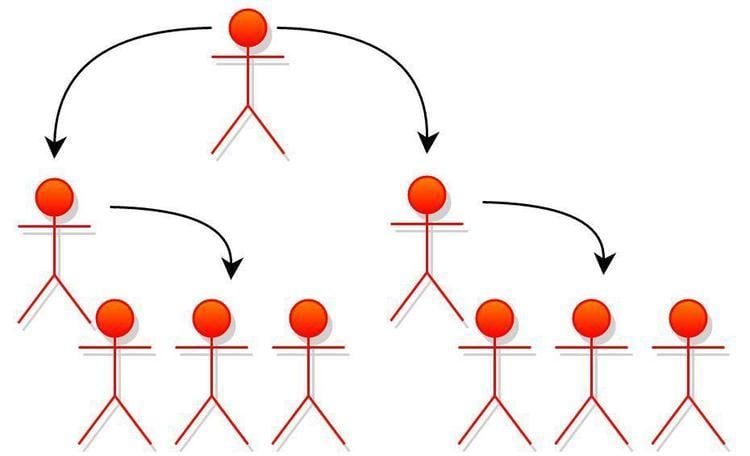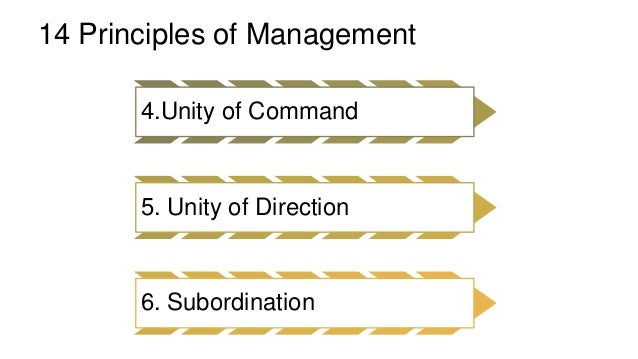

HENRI FAYOL UNITY OF COMMAND HOW TO
He then would train people on how to become better managers,įayol further broke these management activities ( managerial competence) down into five main areas, namely And this is where Fayol identified a gap, very little systematic training in Management skills. They needed other knowledge as well, though they needed to be involved in technical, commercial, financial security, and accounting, but in lower levels proportional to the managerial responsibilities. This person was doing a lot, but the lion’s share was managerial activity. But they also needed to be concerned with things like the financial side, the security side, and the accounting side.īy the time you got up to the top of the organization, he had called it the manager. This person obviously needed more managerial knowledge and competence than a frontline worker and a little less technical. Somewhere in the middle of the organizational hierarchy, you have the head of a shop, which today would probably be like the head of a department or a middle-level manager. Still, they needed a lot of technical knowledge. When Fayol looked at the overall organization’s hierarchy, he saw that these activities played out in different proportions, depending upon the employee’s position in an organization.įor example, at the very bottom of the organization, you had what he called the workmen, and they didn’t need much managerial knowledge because they didn’t do that much. That means planning, organizing, command, coordination, and control. Managerial activity skills -Which was his real area of concern was the managerial activity.Accounting skills -That’s the balance sheets that costs and keeping track.Security skills -That’s the protection of property and people.Financial skills – That’s where you search for and use capital or money optimally.Commercial skills -That’s the buying and the selling and exchanging of goods and services.The technical activities -That means the production and the manufacturing concerns.These are the general or overarching activities it takes to run an organization. Later studies by Mintzberg and Kotter found that successful managers spend little time carrying out Fayol's activities and rely more on cultivating networks and personal contacts.Fayol identified six activities of the industry.

His work is often associated with that of Taylor and described as complementary as they both applied scientific techniques to the problems of management.įayol's principles describe a vision rather than reality and are based on his own experience not on empirical research. However, most of these activities identified by Fayol are task-oriented, rather than people-oriented. Esprit de corps through the building of teams and the creation of harmony and shared valuesįayol provided a language to communicate management theory and establish a foundation for management training.Equal treatment of all employees to ensure commitment to the organisation and its goals.Centralisation of the management functions to ensure unity of purpose.Unity of direction where a single mind creates a single plan.Unity of Command ensuring that every employee knows exactly who their line manager is so facilitating clear channels of communication.Authority to carry out the job with a clear downward chain of command.Division of labour allowing for specialisation and continuous improvement of skills.He set down 14 principles of management which include: If you would prefer to view this interaction in a new web window, then please follow the link below:įayol believed that effective management was the result of knowledge of the business and the ability to motivate employees and manage resources effectively. 2.8 Crisis management and contingency planning - questions.2.8 Crisis management and contingency planning - notes.2.7 Employer and employee relations - questions.2.7 Employer and employee relations - notes (HL only).2.6 Organisational and corporate cultures - questions.2.6 Organisational and corporate cultures - notes (HL only).2.5 Motivation - simulations and activities.2.4 Leadership and management - questions.Peter Drucker: Management by objectives (MbO).Difference between leadership and management.



 0 kommentar(er)
0 kommentar(er)
